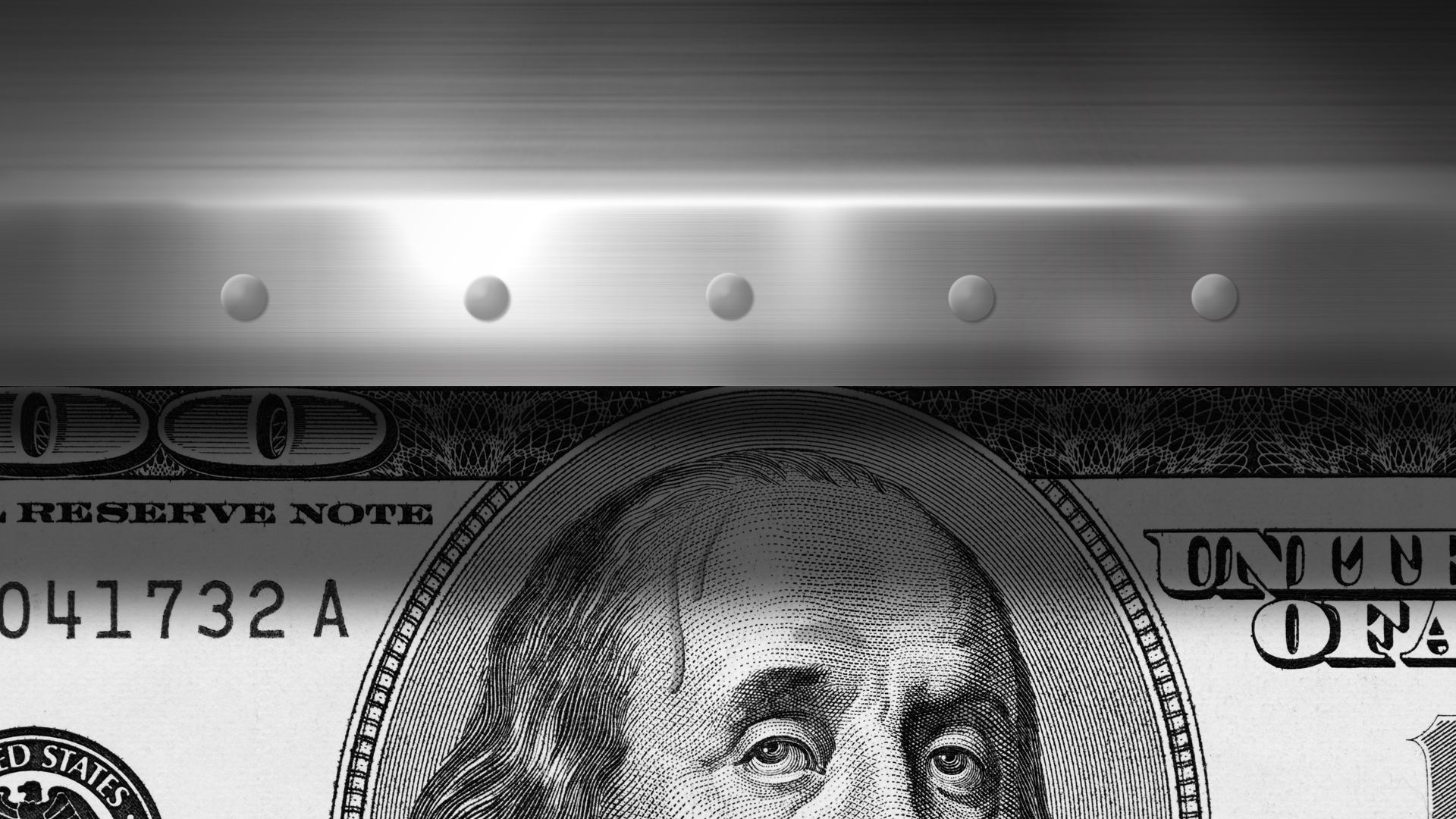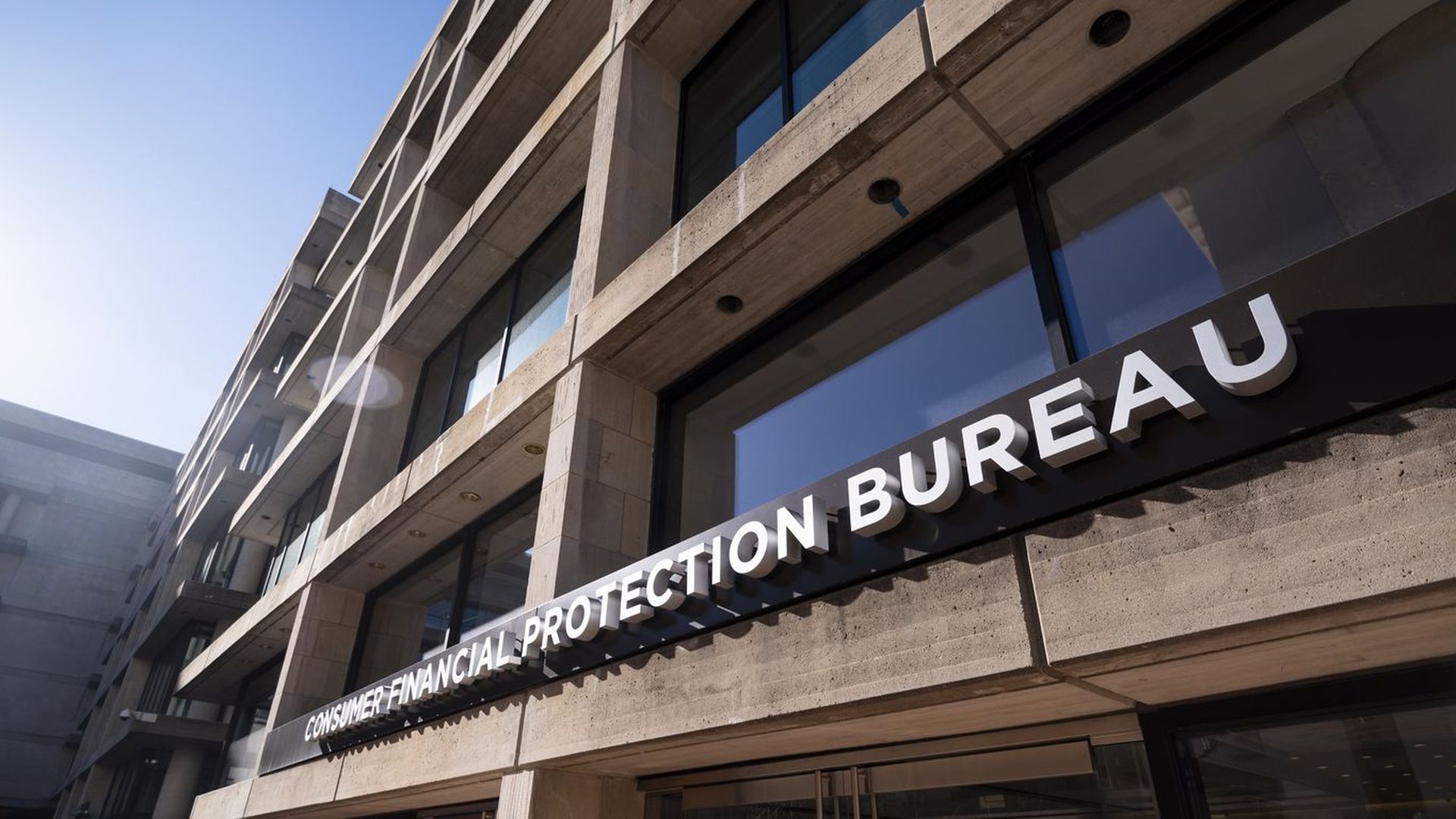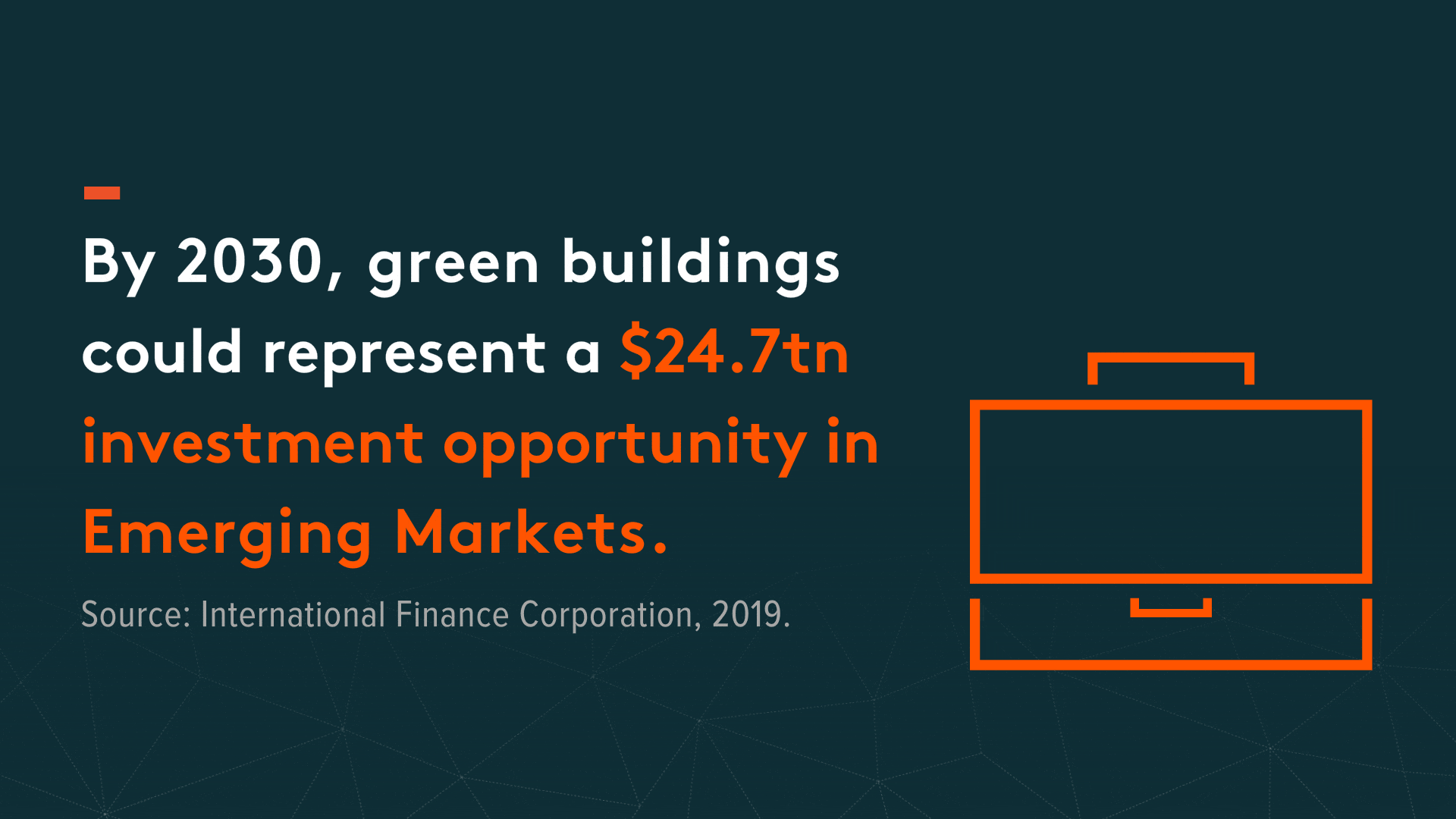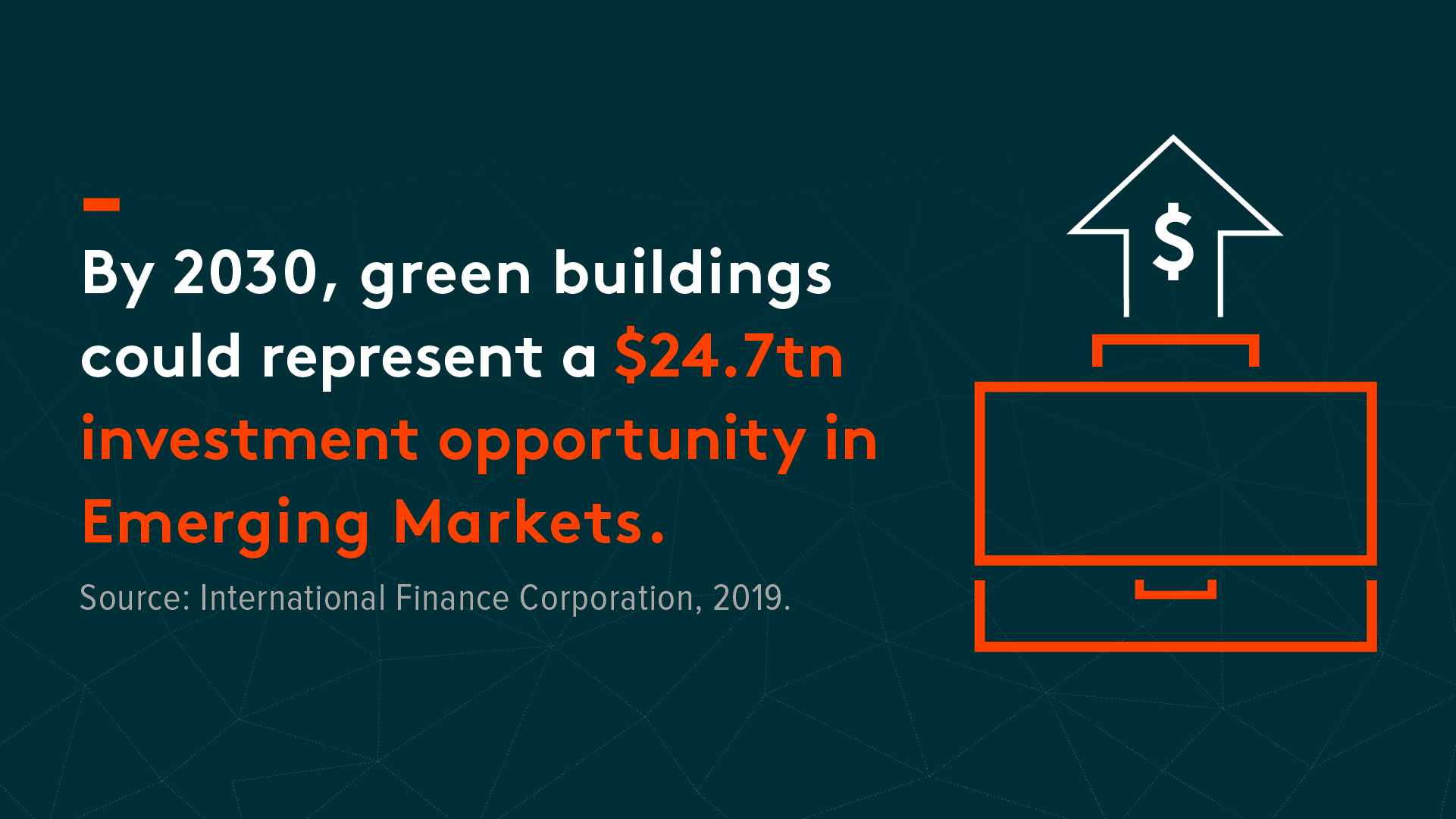| | | | | | | Presented By Global X ETFS | | | | Axios Markets | | By Matt Phillips and Emily Peck · Oct 21, 2022 | | 😅 Friday. It's National Apple Day, but our concerns lay with more refined sugars today, as you'll see. Today's newsletter is 1,184 words, a 4.5-minute read. | | | | | | 1 big thing: Debt ceiling hijinks just got riskier |  | | | Illustration: Sarah Grillo/Axios | | | | The defenestration of U.K. Prime Minister Liz Truss suggests that the risks of an American debt-ceiling standoff could be higher than when such tactics were last deployed, Matt writes. Why it matters: Midterm elections in the U.S. could put Republicans in control of the House of Representatives. This raises the specter of a replay of the debt-ceiling brinkmanship that broke out roughly a decade ago. - But as the Truss debacle shows, today's market conditions could make for a more explosive result.
Driving the news: Truss' resignation Thursday came just weeks after her first fiscal plan provoked violent swings in the prices of British bonds and the pound. Context: The Truss government badly misjudged the market backdrop, against which it unveiled plans for larger-than-expected tax cuts, which implied larger budget deficits to come. - For much of the last two decades, super-low inflation and the calming influence of central bank bond-buying programs kept markets relatively sedate, despite growing budget deficits.
Yes, but: Inflation has changed all that. Instead of buying bonds to keep rates low, central banks are reducing their holdings to push rates higher. Meanwhile, Republicans look poised to retake control of the House in midterm elections — and with it the budgetary reins of the Federal government. Flashback: After taking control of the House in 2010, Republicans used similar tactics, resulting in a series of budget standoffs. 💭 Our thought bubble: In isolation, the damage from those debt-ceiling fights looks limited. - But remember, back in 2011, the Fed had interest rates pinned at almost zero.
- The Fed was not dumping almost $100 billion of bonds on the market each month.
- Inflation was nowhere near its current level of more than 8% annually.
The bottom line: Nobody knows what the real risks embedded in the bond market are right now — not even the Fed, whose officials were nervously asking around about it, per a New York Times report. - A messy debt ceiling fight, or, outlandish as it may sound, a full-on default, would almost certainly reveal them.
- And as Truss found out, the process could be unpleasant for politicians.
|     | | | | | | 2. Catch up quick | | 🛒 Instacart postpones its IPO. (Axios) 📉 Social media stocks slump further. (Bloomberg) 🐦 U.S. weighs security reviews for Musk deals including Twitter. Plus, he's reportedly planning big staff cuts there. (Bloomberg) (WaPo) |     | | | | | | 3. The latest threat to the CFPB is systemic |  | | | The Consumer Financial Protection Bureau in Washington. Photo: Bill Clark/CQ-Roll Call, Inc via Getty Images | | | | Three Trump-appointed judges in Texas declared the Consumer Financial Protection Bureau's funding structure unconstitutional on Wednesday in a decision with the potential to reverberate throughout the financial industry, Emily writes. Why it matters: The reasoning behind the ruling, if upheld, could potentially invalidate all the rules enacted by the CFPB over its 11-year existence — including regulations underpinning the U.S. mortgage system. Details: On its face, the case seems insignificant — the judges on the Fifth Circuit overturned a regulation governing payday lenders that was never in effect. - But the decision's reasoning essentially says that because the agency's funding structure is unconstitutional, none of its rules are valid. And that throws new uncertainty into the system.
- If upheld, the CFPB would need to get its funding approved by Congress annually. That would also imperil the agency's resources to pursue bad actors and enforce regulations.
Background: Like other financial regulators, the CFPB does not rely on Congressional appropriations. Instead, it's directly funded by the Federal Reserve. The implications: A weaker CFPB would be undeniably positive for certain financial services firms like payday lenders, Isaac Boltansky, director of policy research at BTIG, wrote in a note. - "But some more established corners of the financial services industry could look at the resulting uncertainty with grave concern," he said, noting the bureau writes the rules for mortgage originations and money transmission.
- "[That] makes the prospect of throwing out the settled rule book less than appealing for some market participants."
What they're saying: Consumer advocates issued a flurry of statements on Thursday decrying the ruling. The other side: Payday lenders, who won this case, the Chamber of Commerce, which makes a similar argument in another suit, and Republican lawmakers, who've long opposed the agency, applauded the ruling. What's next: The CFPB will likely appeal, seeking either a hearing before the entire Fifth Circuit or at the Supreme Court, which has in the past sided against the agency. Read more. |     | | | | | | A message from Global X ETFS | | Build a greener investment portfolio | | |  | | | | Government policies and private sector commitments to combat climate change are driving demand for more sustainable buildings. We recently explored the long-term investment case for companies involved in the development, management and technology powering green buildings. Learn more. | | | | | | 4. Copper giant feels China's chill |  Data: FactSet; Chart: Axios Visuals Copper miner Freeport-McMoRan's Q3 profits plunged, thanks to declining prices for the metal, Matt writes. Why it matters: Because of its widespread usage in industrial applications, construction and electrical wiring, copper prices are seen as a bellwether for global macroeconomic activity. - Prices for the metal are especially sensitive to Chinese industrial activity.
By the numbers: The miner's profits declined more than 70% from last year's third quarter to $404 million. - The backdrop: Global copper prices have fallen 30% over the 12 months.
What they're saying: Headwinds dragging down copper demand include "the strength of the U.S. dollar, the Fed and central banks' tightening, concerns about China dealing with COVID and its property section, and then the serious problems in Europe coming out of the Ukraine situation," Freeport CEO Richard Adkerson told analysts. |     | | |  | | | | If you like this newsletter, your friends may, too! Refer your friends and get free Axios swag when they sign up. | | | | | | | | 5. 👻 Inflation tracker, Halloween edition |  Data: Datasembly; Chart: Axios Visuals Halloween candy costs more this year — but most of us will likely pay up rather than go without our treats, Emily writes. Why it matters: Soaring inflation and supply chain wrinkles have come for even the sweetest parts of life. The big picture: Halloween spending surged over the past decade, as consumers got way more into the holiday — buying $300+ giant skeletons and other spooky stuff to decorate homes, plus the typical bags of candy you swear you'll save for trick-or-treaters. - Halloween is the biggest season for candy sales — more than Easter or Christmas. "It's our Super Bowl," an industry executive told CNBC a few years ago.
State of play: Planned household spending for Halloween fell this year to $100.45 billion, compared to $102.74 billion in 2021, according to the National Retail Foundation's Halloween Spending Survey. In 2019, the number was just $86.27 billion. Prices for most treats surged this season in line with overall food inflation, but Skittles and Starburst prices surged more, per Datasembly. - To get their numbers, Datasembly scraped price info across the web and looked at candy sold by retailers who operate both online and in-store.
The bottom line: Halloween candy is delicious and relatively inexpensive, despite inflation. Happy Halloween! |     | | | | | | A message from GLOBAL X ETFS | | Build a greener investment portfolio | | |  | | | | Government policies and private sector commitments to combat climate change are driving demand for more sustainable buildings. We recently explored the long-term investment case for companies involved in the development, management and technology powering green buildings. Learn more. | | | | Was this email forwarded to you? Sign up here! Today's newsletter was edited by Kate Marino and copy edited by Mickey Meece. |  | | Why stop here? Let's go Pro. | | | | | | Axios thanks our partners for supporting our newsletters. If you're interested in advertising, learn more here.
Sponsorship has no influence on editorial content. Axios, 3100 Clarendon Blvd, Arlington VA 22201 | | | You received this email because you signed up for newsletters from Axios.
Change your preferences or unsubscribe here. | | | Was this email forwarded to you?
Sign up now to get Axios in your inbox. | | | | Follow Axios on social media:    | | | | | |












No comments:
Post a Comment